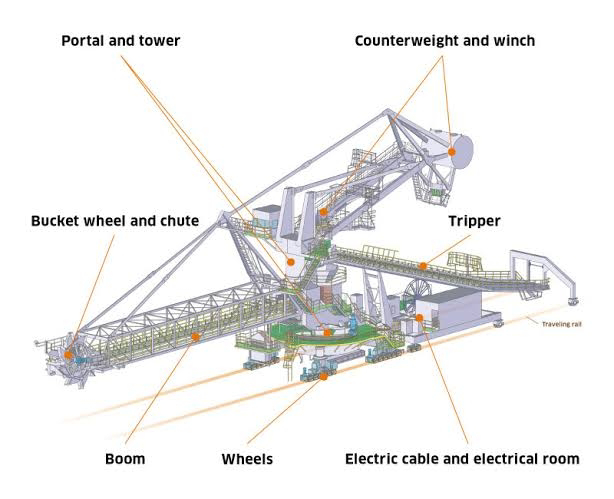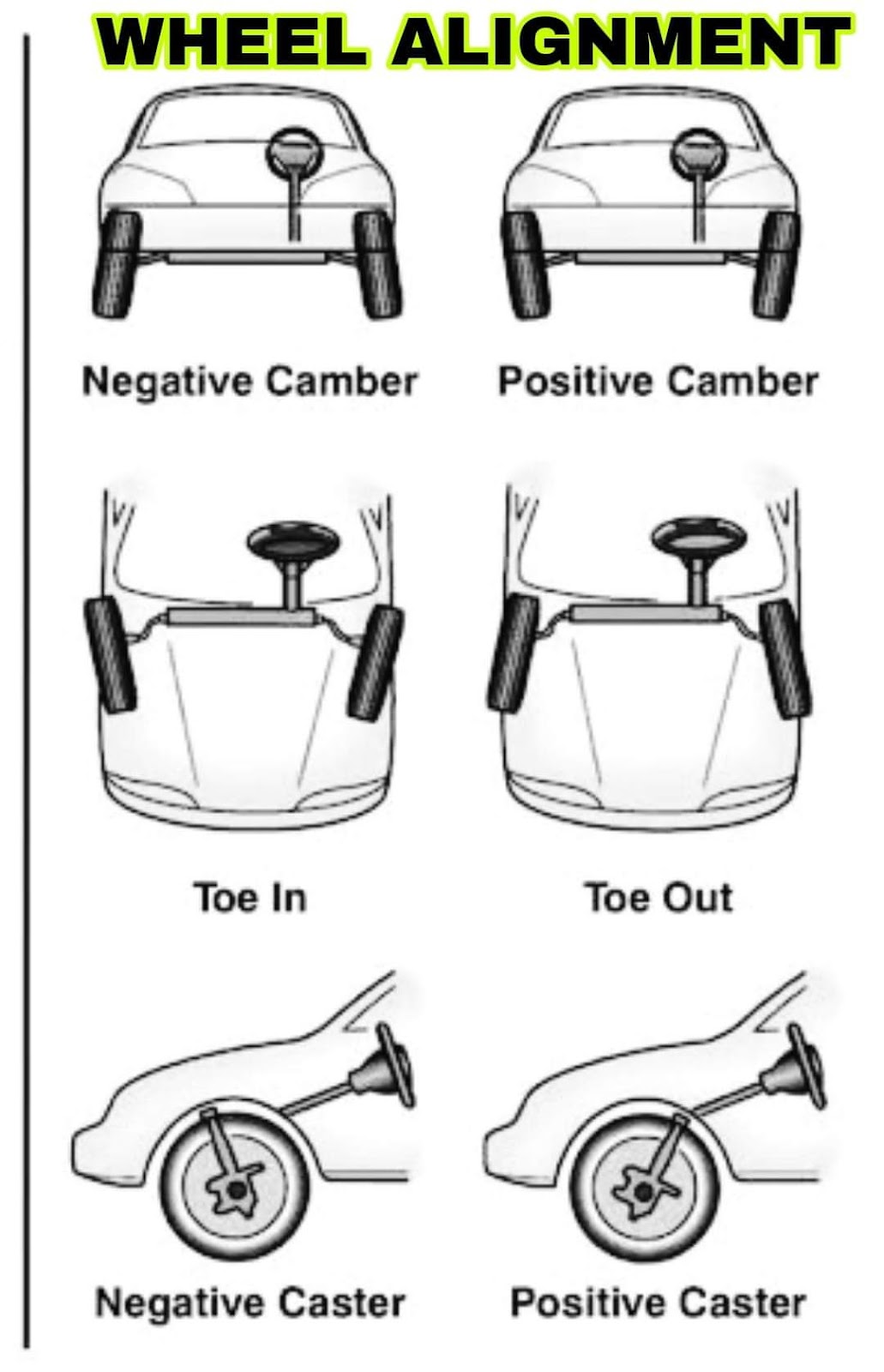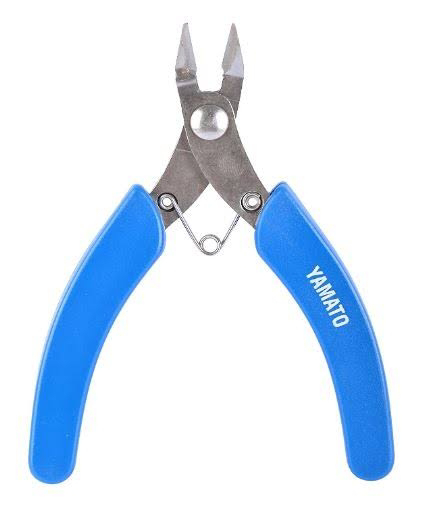Search This Blog
How does Antenna Work?
Two types of Antenna's
1. High Efficiency (HEF)
2. Beam Waveguide (BWG)
1. High Efficiency (HEF)
Antenna Receiving Signal
Receiving Signals
- Signals coming in reflecting off the bowl
- Focusing up through the subreflector
- Traveling down to be processing
Antenna Transmitting Signal
Transmitting Signals
- Signals coming through to be transmitted
- Focused off the subreflector
- Reflected of the reflector surface to be transmitted into space.
2. Beam Waveguide
Beam Waveguide Signals
- Radio waves are focused through the subreflector
- Radio waves are further focused through the foci and travel down the antenna
- Radio waves travel down the beam wave guide through a series of twists and turns
- Radio waves end up below the antenna where they can be processed on site
How Television Antenna Works?
Types of Fittings and Uses
Types of Fittings & Uses
Various types of Fittings are available in the market To control the flow or Measure the flow. The Materials used like Copper, Brass, Stainless Steel, and PVC. Please check the below details for Fittings and their uses.
A. Elbows
1. 90-degree Elbows
Elbows are the types of fittings that change the pipe's angle and direction.
2. 45-degree elbows
3. Street Elbows
B. Tee Fittings
It looks Like the alphabet T. It permits Branch lines in the Piping network.
C. Reducers
Used to attach pipes of various diameters. It makes a small change in diameter.
D. Bushings
To make the diameter of a pipe fitting smaller we prefer Bushings of type fittings
E. Adapator Fittings
Used to vary the edge of non-threaded pipe to male and female threads as required.
F. Caps
It is used to close the edge of dead end pipe.
Frequency Converter
Industrial Mixer
Machines that Blend, Emulsify, Homogenize, or otherwise combine materials into a single substance are known as Industrial Mixers. Mixers fully blend practically any material or liquid required to create a finished product.
Transformer Oil Filteration, Purification Plant and Machine
Transformer oil filtration is a process through which sludge, dissolved moisture, and gasses are removed to secure the oil’s quality and performance. Transformer oil is susceptible to degradation as time advances since it is exposed to acid, dust, and moisture.
Container Identification System
Container Identification System
1) Container Number – is of course the main marking on the door. It is an alpha numeric sequence made up of 4 Alphabets and 7 Numbers.
The container number identification system has been created by the International Standards Organization under their code IS06346:1995(E).
As per this code, the container identification system consists of:
Owner code – 3 letters (in this example ECM)
Equipment category – 1 letter (in our example, U denoting a freight container. Other categories being J for detachable container related equipment (such as Genset) and Z for trailers and chassis).
Serial number – 6 numbers (numbers ONLY)
Check Digit – 1 number (numbers ONLY)
The owner code is unique to the owner of the container and the registration of this code rests with Bureau International des Containers et du Transport Intermodal (BIC).This is to avoid any duplication of code by any shipping line or container operator.
To find the owner of a container, you can always do a BIC Code Search to identify the rightful owner.
However, the owner of the container need not necessarily be operating the container as they could have leased the container to another operator or shipping line.
2) Check Digit – although it is part of the full container number, the check digit is an important number as it can be used to identify if the above mentioned identification sequence is valid or invalid.
For example, if you go to BIC’s Check Digit Calculator and type in the prefix – ECMU and the numbers 465749, see what you get as the Check Digit. It should come up as “6”.
3) Container Owner or Lessor – This is the entity that owns or operates the container. This could be a shipping line, like in this example (CMA CGM Group) or a container leasing company such as SeaCo who’s business is to lease containers to shipping lines that need to increase their inventory but not their assets.
4) Weights and Dimensions – In this example – 30,480 KG is the maximum weight that the container can carry including its own tare weight of 3,720 KG or 8,200 LB. This is the weight that the SOLAS VGM Certificate must show. In addition, CU. CAP. is short for cubic capacity, the volume of the container in cubic meters.
5) ISO Code – As per the International Standards Organization under their code IS06346:1995(E), each container is given a unique ISO Code in order to avoid any ambiguity in naming the container.
For example a standard 20′ container is called Dry Van (DV), General Purpose (GP), Standard (SD), Normal, Dry Container (DC) in different countries.
As these terms are all different, these terms cannot be used in uniform systems that are used for transmission of data across ports, customs, shipping lines etc. Therefore as a standard, the ISO code of 42G1 (in the example) is used to denote that the container in question is a 40′ container with a tare weight of 3,720 KG.
Subscribe to:
Comments (Atom)

































